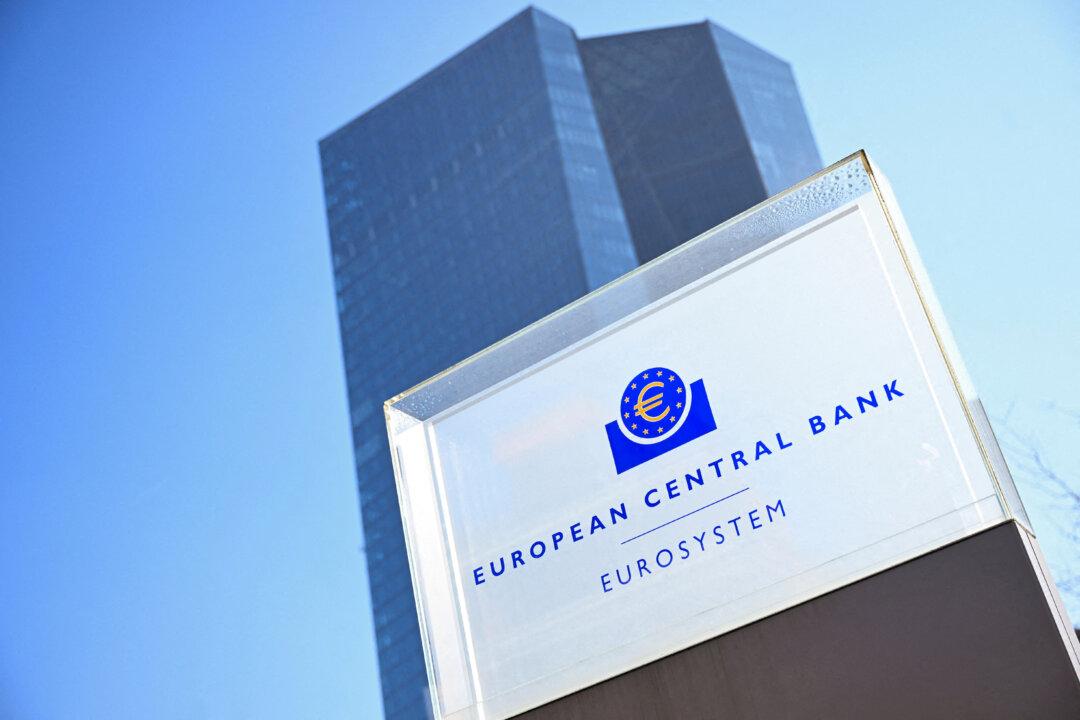Target shoppers will soon no longer be able to pay with personal checks, as the retailer announced that it’s dropping that form of payment as of July 15.
Amid the declining popularity of personal check use over the past few years, retailers such as Aldi and Whole Foods have stopped accepting personal checks. Target will soon be joining their ranks.
“Due to extremely low volumes, we'll no longer accept personal checks starting July 15,” a company spokesperson said in a statement provided to several news outlets.
The spokesperson said that the company has taken steps to notify customers that personal checks will soon no longer be accepted, adding that the Minnesota-based retailer will continue to accept various common forms of payment, including cash, credit cards, and debit cards.
While Target continues to list personal checks as an acceptable form of payment on its website, this will presumably change on July 15.
Target didn’t respond by press time to a request for more details.
Check-Writing Becoming Obsolete
Because of competition from other payment methods, personal check use in the United States has been declining since the mid-1990s.In 2021, the total value of check payments was $27.23 trillion, or roughly 21 percent of all noncash payment value. At one point, checks were the highest-value noncash payment method. They were replaced in this role in 2009 by automated clearinghouse (ACH) transfers.
The Fed’s payment study also showed that noncash payments in the United States grew faster during the 2018–2022 period than during any previous period that the central bank examined in its recurring payment study.
Noncash payments reached $128.51 trillion in 2021, having increased by 9.5 percent per year since 2018. By contrast, personal check use has declined by 7.2 percent per year since 2018.
Even though cash’s share decreased in 2023 in favor of credit and debit cards, overall cash use has remained stable, with consumers continuing to hold more cash than they did before 2020, the study found.
“More and more cash demand is increasing as a store of value use case and holding steady post-pandemic for transactional use,” Kathleen Young, executive vice president and chief of FedCash Services, said in a statement. “This underscores the lasting need for investments in the ecosystem that support a healthy and resilient cash supply chain.”
This is known as the “cashless effect,” with the researchers suggesting that carrying cash instead of cards can be an effective way for consumers to prevent spending more than they planned.







